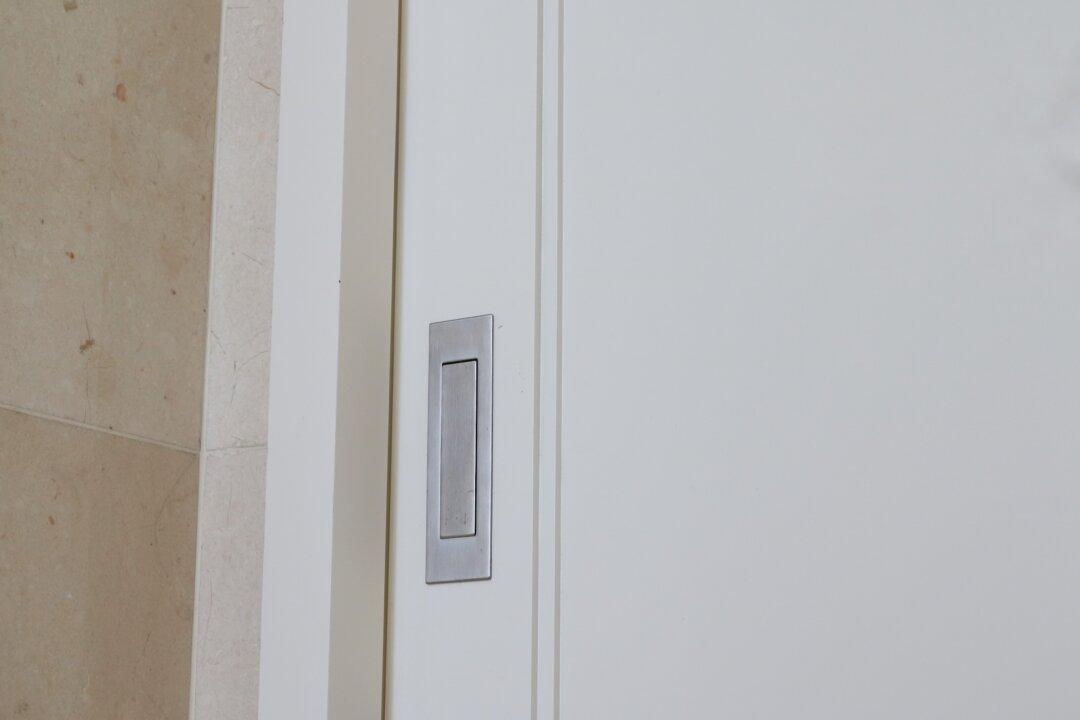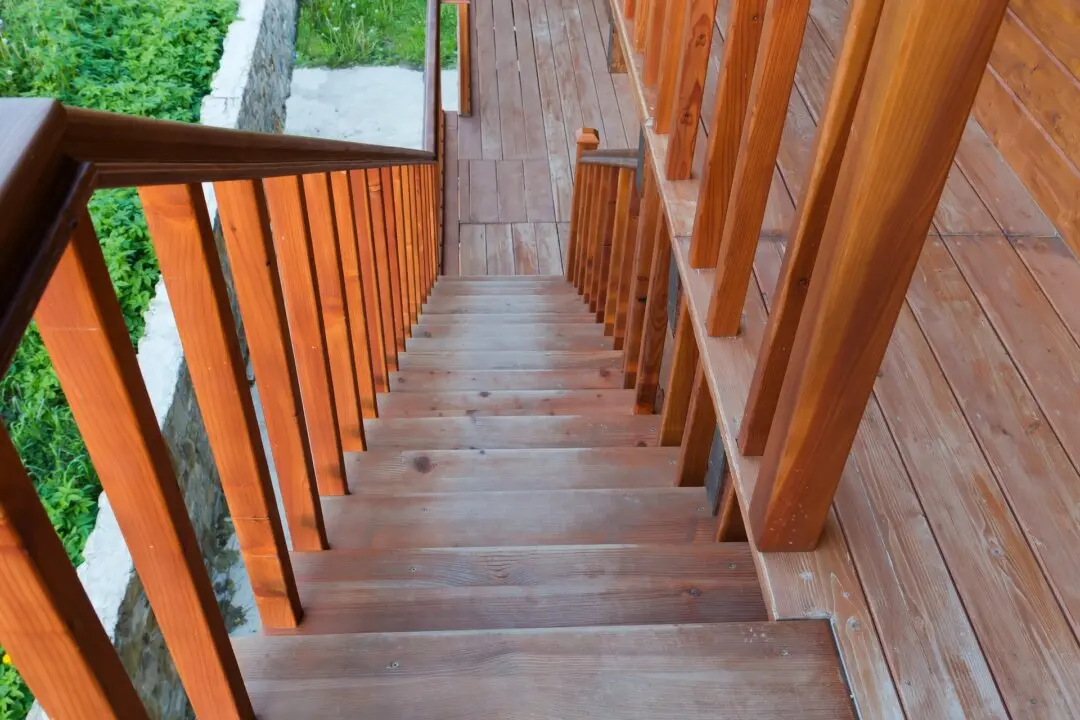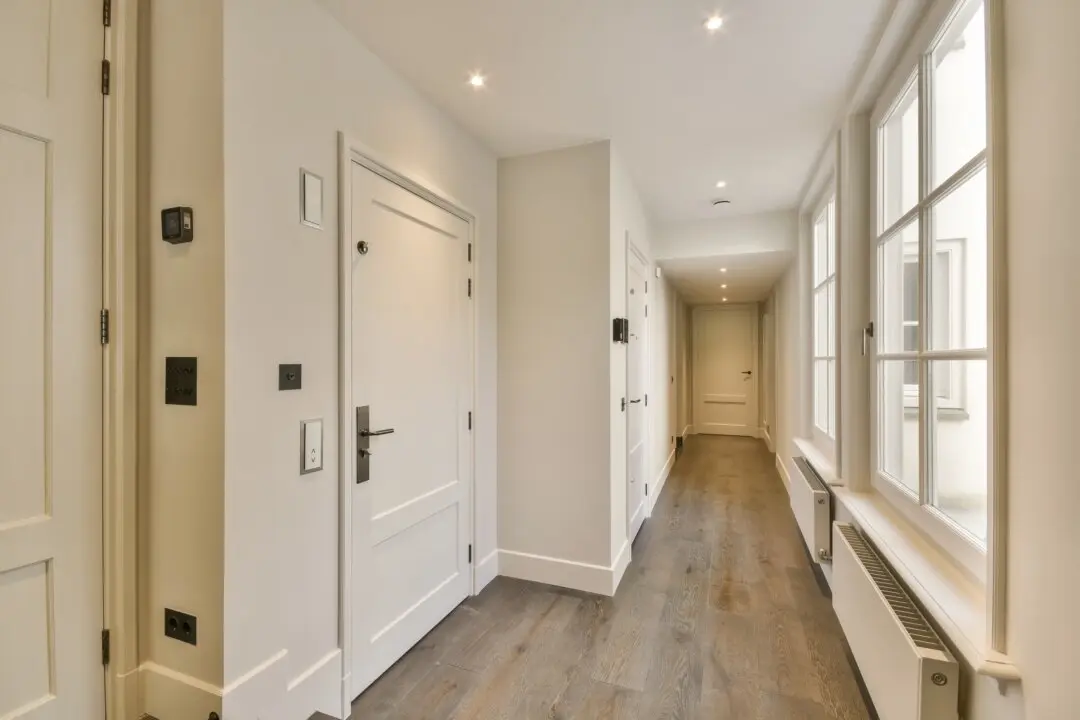Dear James: I like pocket doors because they save floor space, but they often don’t glide smoothly into the wall slot. What is the best method to install one?—Kevin D.
Dear Kevin: As houses are becoming smaller to lower construction costs and utility bills, interest in pocket doors is making a comeback. They were very popular in Victorian-period houses. Back then, everything was hand-fit without the precise sliding hardware kits available today.





